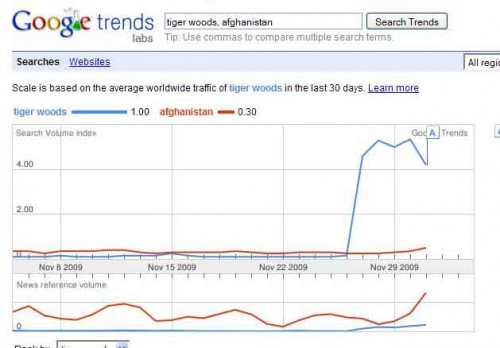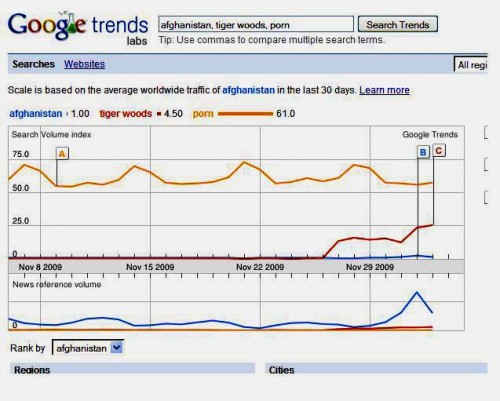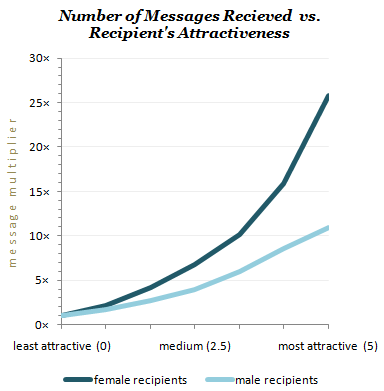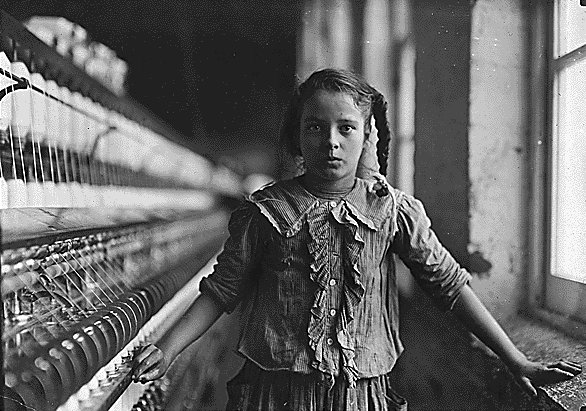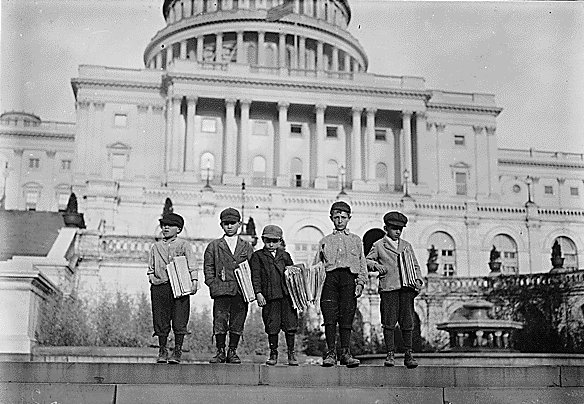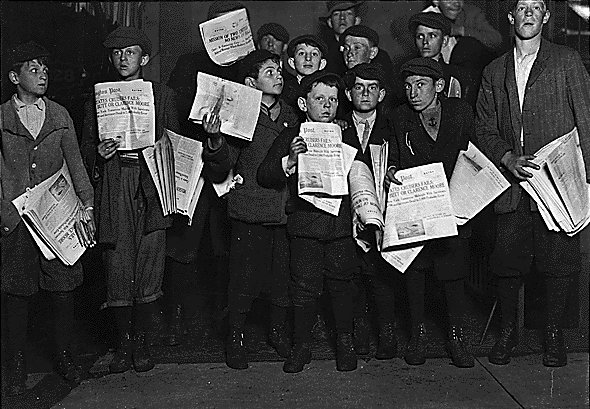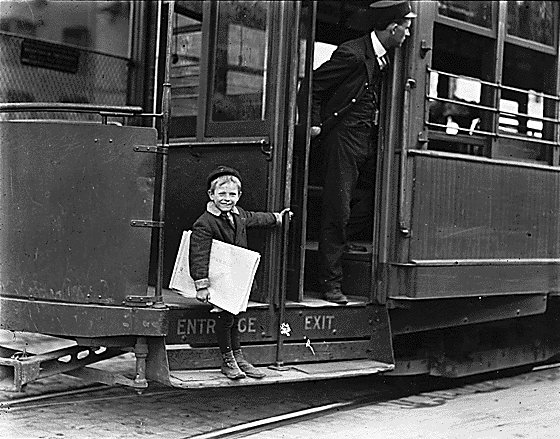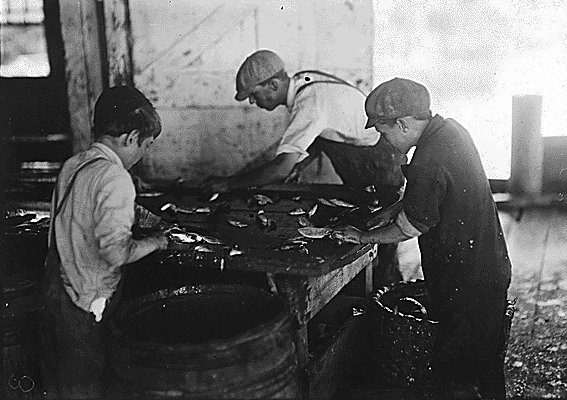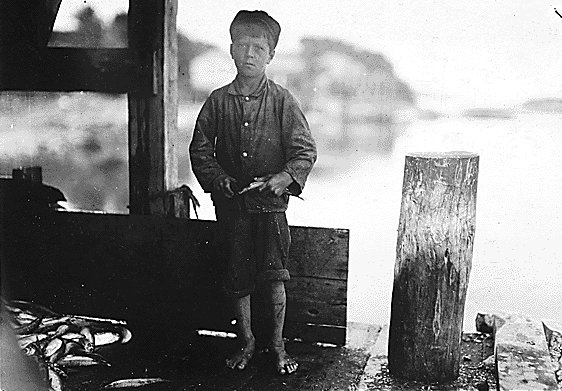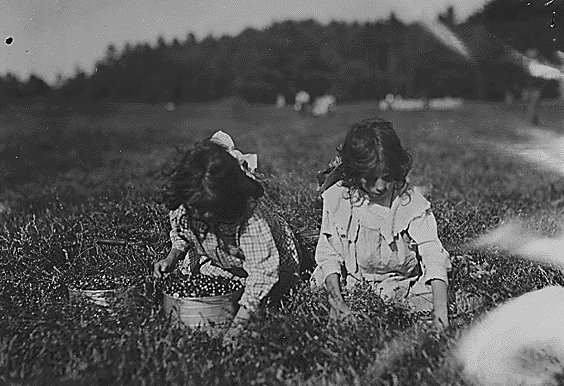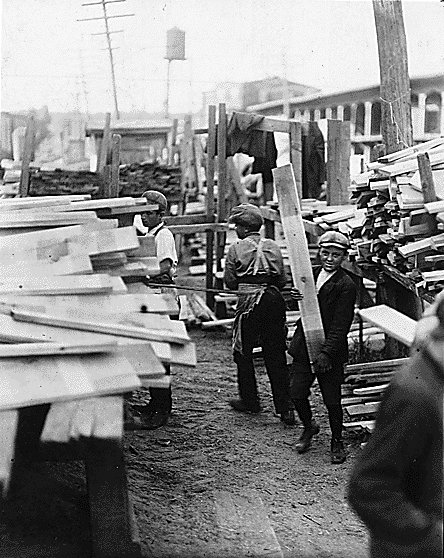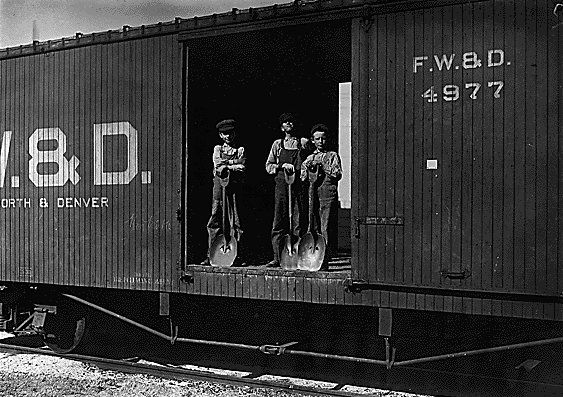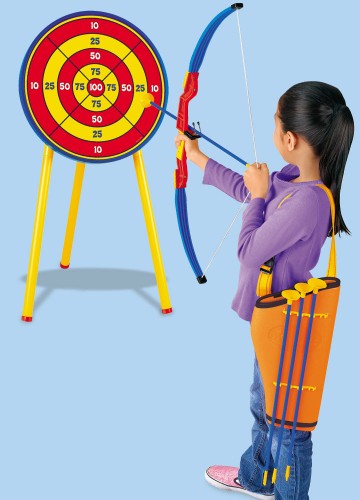Masculine!
Masculine! Masculine! Masculine!
Masculine!
(Thanks for the link, Michael C!)
P.S.: Girls and sissy boys suck!
UPDATE: In our comments threat, Reader adilegian offered this great breakdown of the commercial:
0:04. The voice over’s question “Should a phone be pretty?” is visually answered with an effect reminiscent of melting celluloid. The rupture starts on top of the woman’s head, exploding her “pretty” face.
0:06. Women are beheld as dolls.
0:08. Images appear superimposed over images beneath a verbal judgment. The beauty queen (fake) made out of plastic (fake) shown on a television (fake) is definitively stamped “CLUELESS.”
0:10. The commercial erased its first woman by destroying the medium of her representation (supposedly celluloid). The commercial again destroys its second “woman” by destroying the medium of her representation (a television).
0:10 – 0:13. Words across the screen: FAST, RACEHORSE, SCUD. Images: Lightning, racing horse, ripping off duct tape, SCUD missile. Combining these motifs into one single image, we see the SCUD missile flying across the screen with the word RACEHORSE as though it were written with lightning.
0:14. Droid applications: Reality Browser 2.1, Google Sky Map, Qik, Mother TED, CardioTrainer, Where. While I doubt that these applications were developed with the commercial’s themes in mind, their selections reinforce the messages thus far enforced visually: reality (woman of burnt celluloid, destroyed television), sky (SCUD missile), quick (FAST, RACEHORSE), mother (a Freudian slip recognizing the infantile nature of a power fantasy? ^_~), exercise (beef up for manliness stat +4), and going places (which SCUD missiles, race horses, and THE MANLIEST OF MANKIND’S MEN all do).
0:15. Word overlay: DOES. Men do things. Women are pretty and useless.
0:16 – 0:18. Buzz saw cuts banana over a brief yellow outline of a robot.
0:18. Three slim pretty boy models. Again, we see a conflation of all things hitherto condemned: prettiness and effeminacy (designer clothes on fancy-pants, unmuscular pretty boys) and superficiality (plastic people).
0:19 – 0:21. Fruit appears now as a weapon. Hardcore Droid-using man (who is also most likely a fancy, beautiful, professional male model IRL, natch) throws apple at sassy plasticman’s hat, suggesting a Victorian upstart’s rambunctious bucking of all things pretentious with a snowball thrown to knock off a businessman’s hat. Succeeding apples create gore effects.
0:21. Porcelain sheep crushed between the maws of raw, unrelenting MANROBOTPHONE power. Porcelain sheep also conflate all previously condemned messages: prettiness, delicacy, weakness, and artifice.
0:23 – 0:25. Sissy phone explodes into a milky white substance, suggesting ejactulate, with the word NO followed by an image of a woman holding the same ejaculate-phone in her hand with her lips parted. The word PRINCESS is superimposed with glitter effects.
0:25 – 0:27. Layers within mechanical layers give way to reveal the Droid phone. The Droid phone now appears in the palm of a man’s hand. From his POV (deliciously male gaze, yes?), we see him traveling the world at blinding speed (FAST, RACEHORSE) with city lights blitzing past (lightning).
0:28 – 0:29. MANBOT phone breaks through a white, crumbling wall, again conflating the previously condemned ideas (bland superficiality as connoted by white porcelain sheep, white plastic male models, and light pink plastic Miss Pretty).
A PHONE THAT TRADE HAIR-DO
FOR CAN-DO.
Lisa Wade, PhD is an Associate Professor at Tulane University. She is the author of American Hookup, a book about college sexual culture; a textbook about gender; and a forthcoming introductory text: Terrible Magnificent Sociology. You can follow her on Twitter and Instagram.


